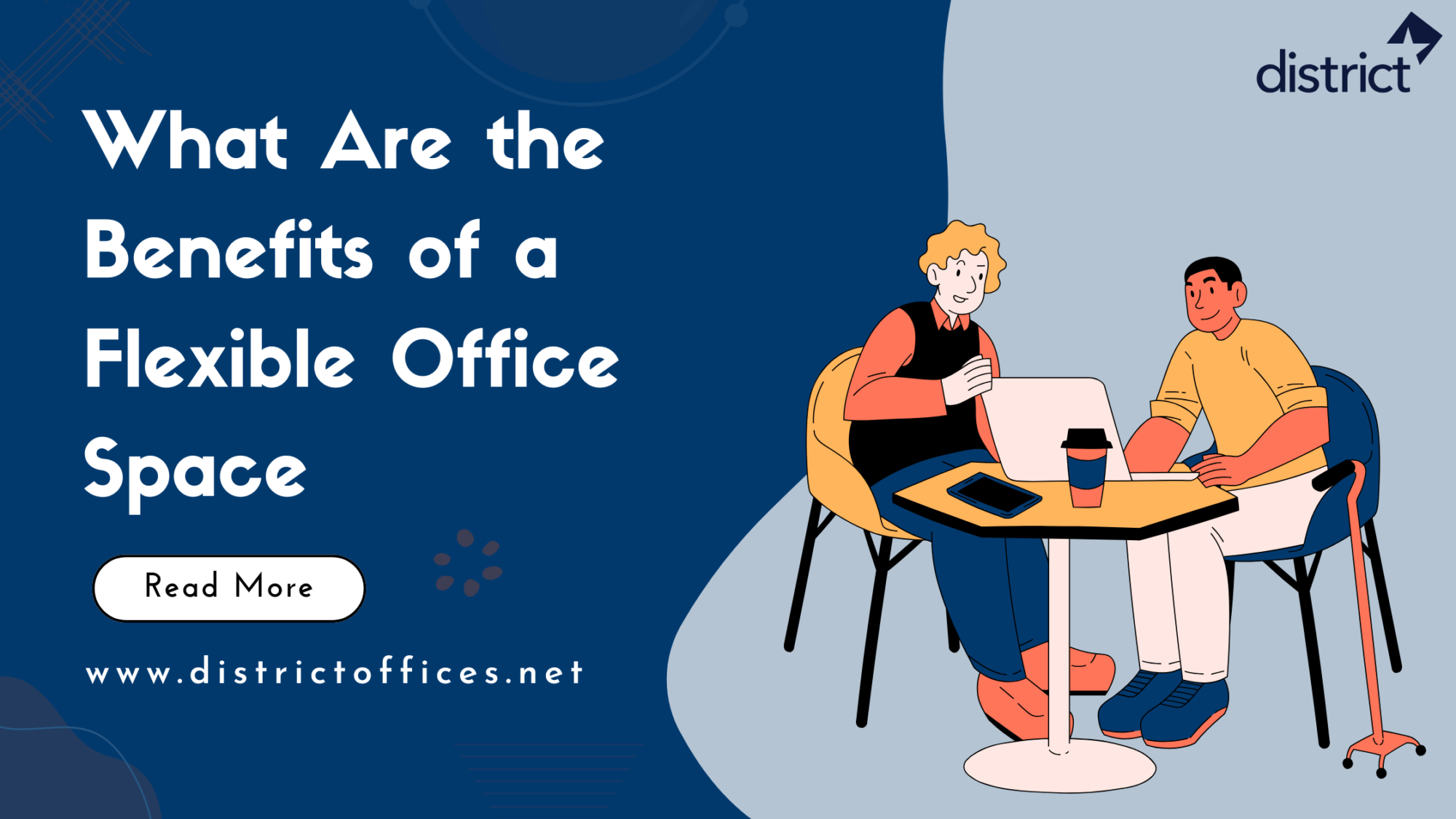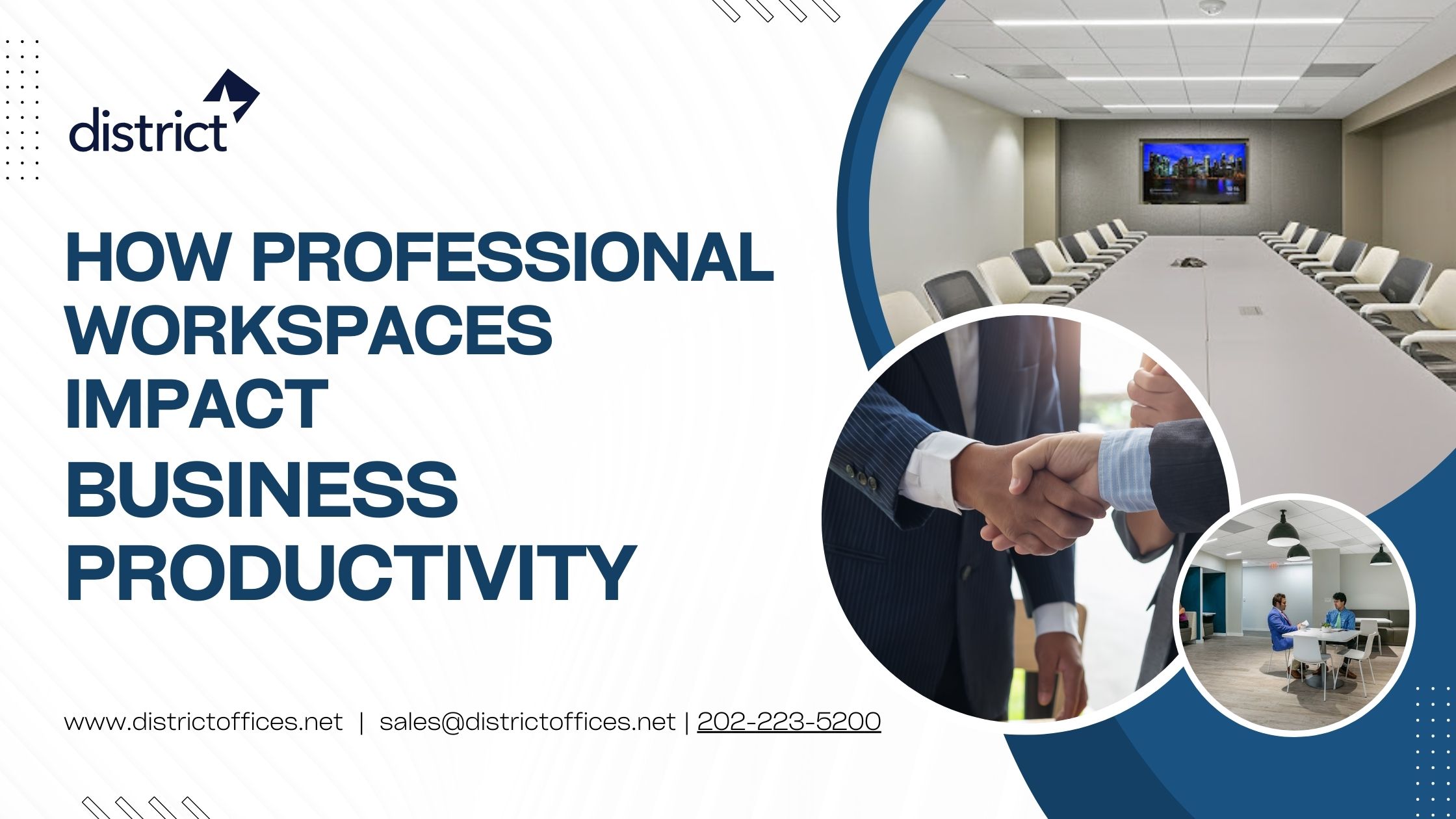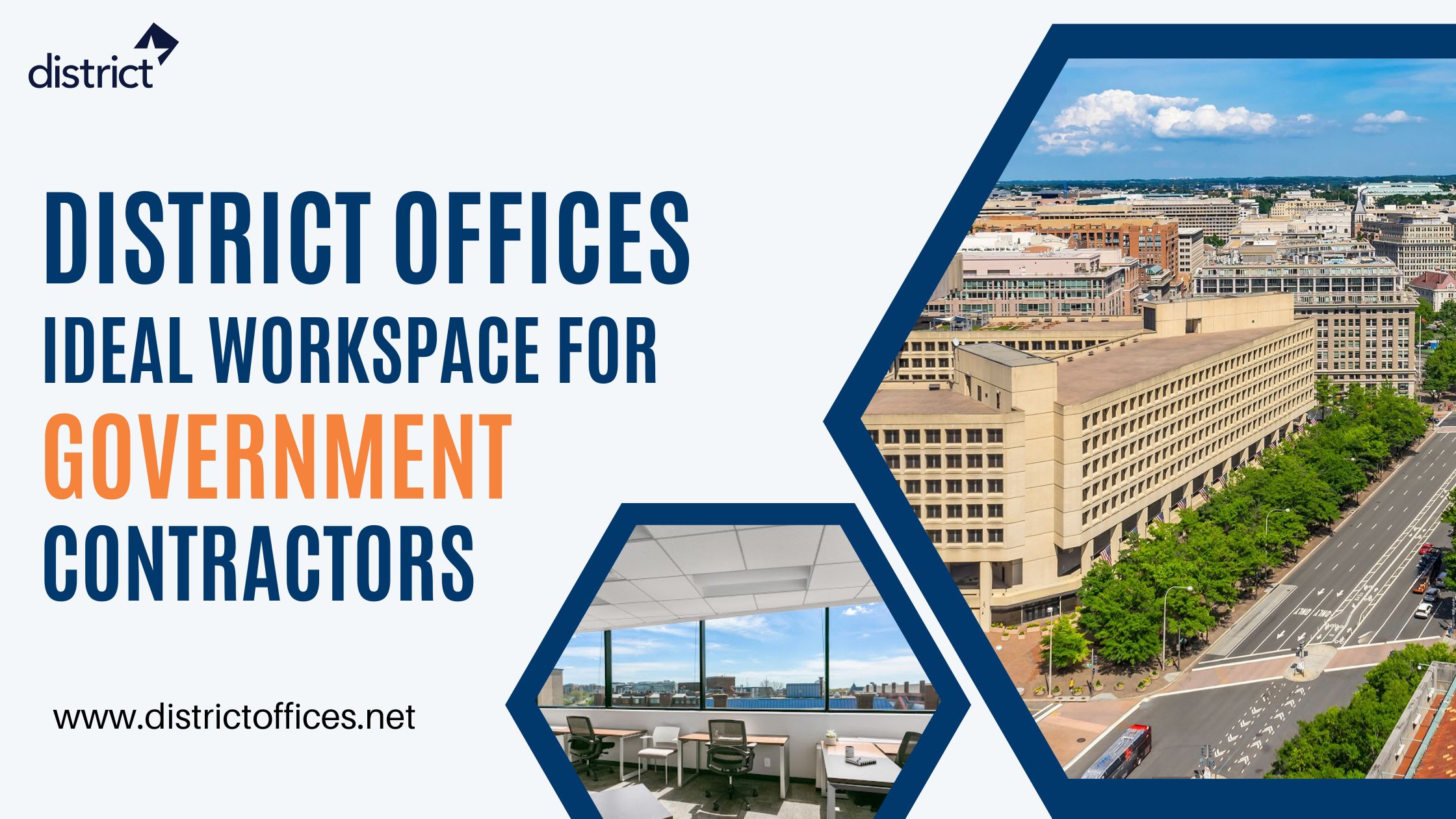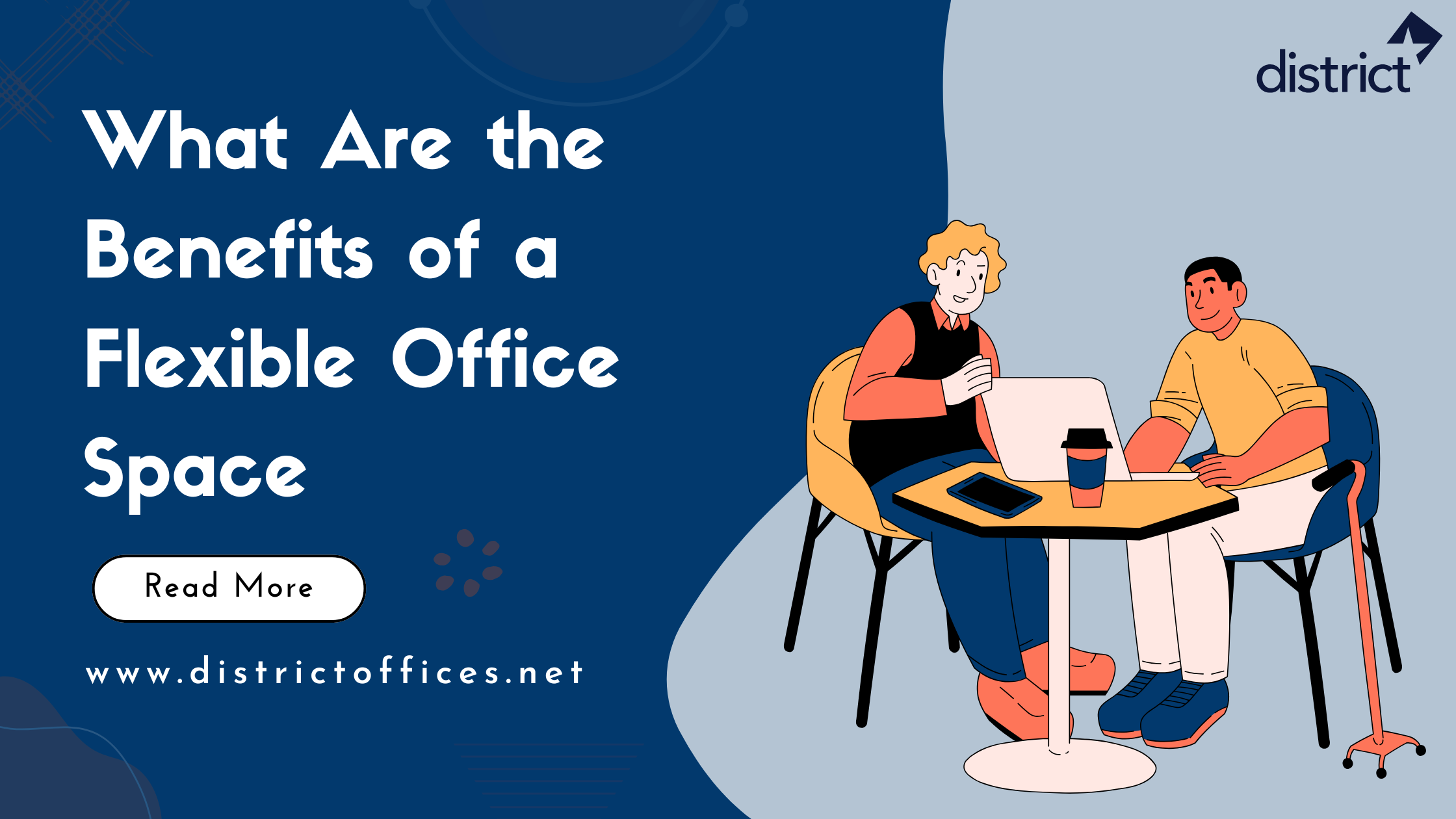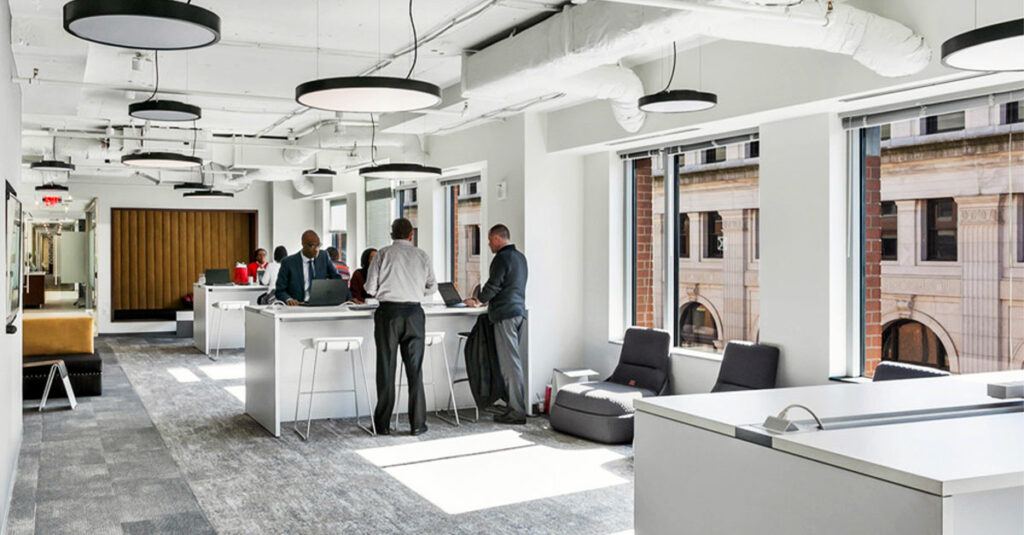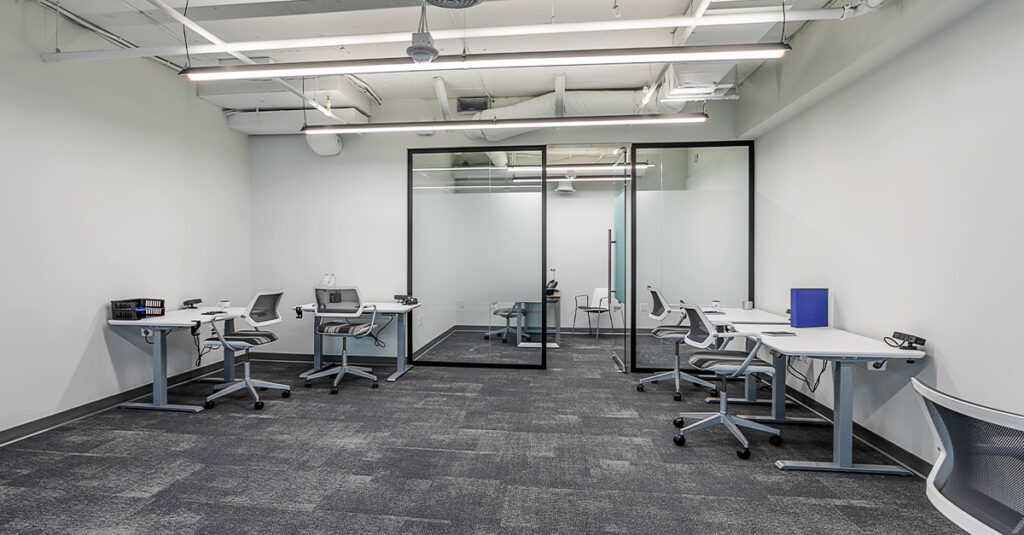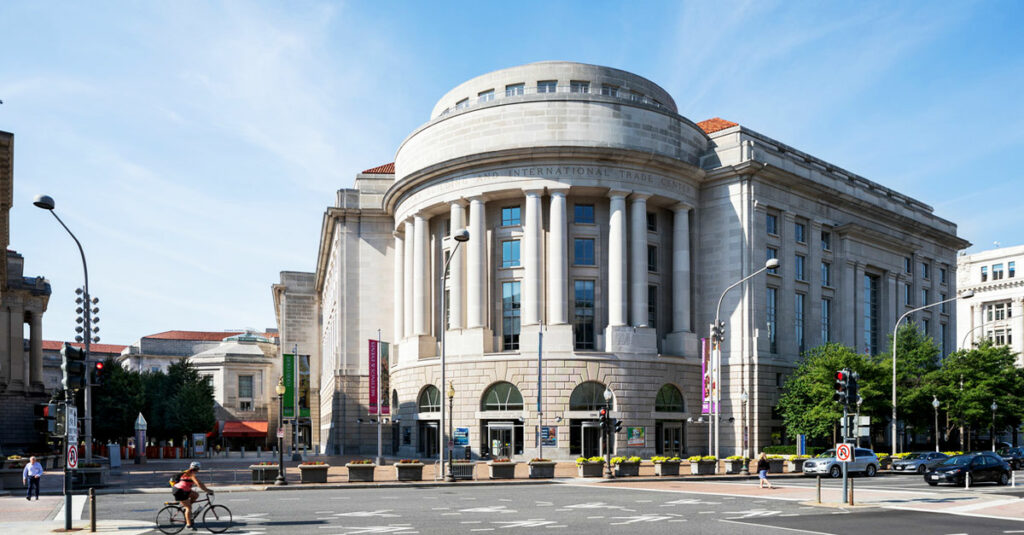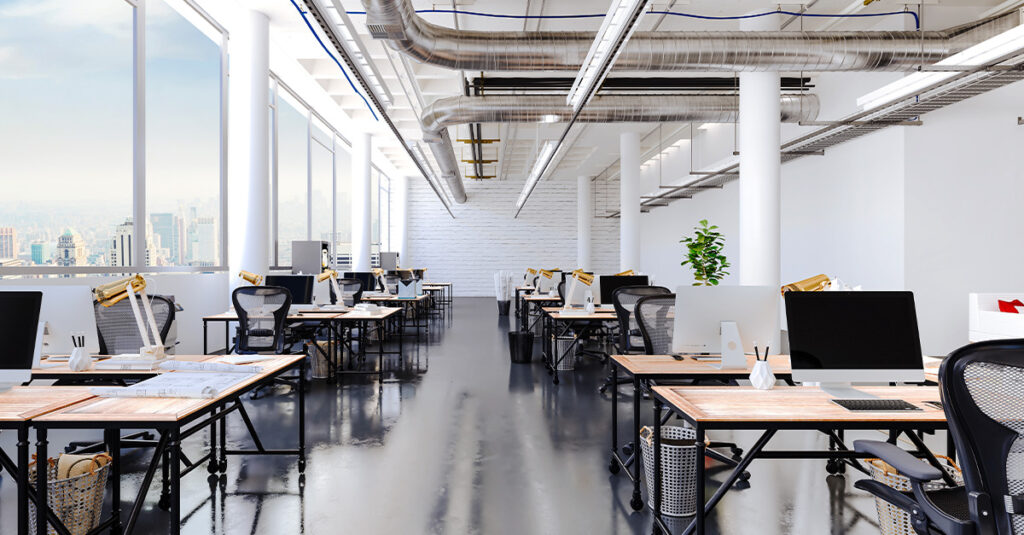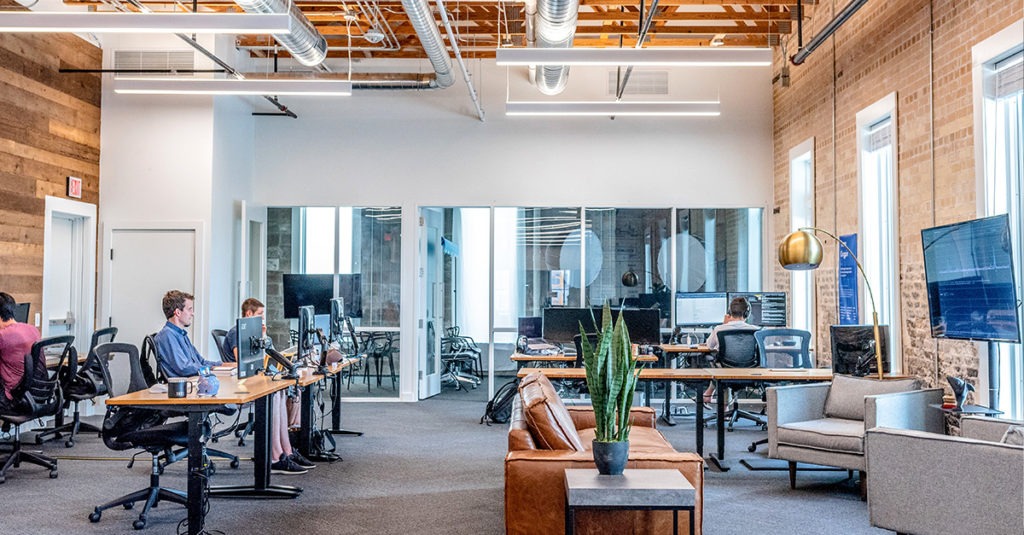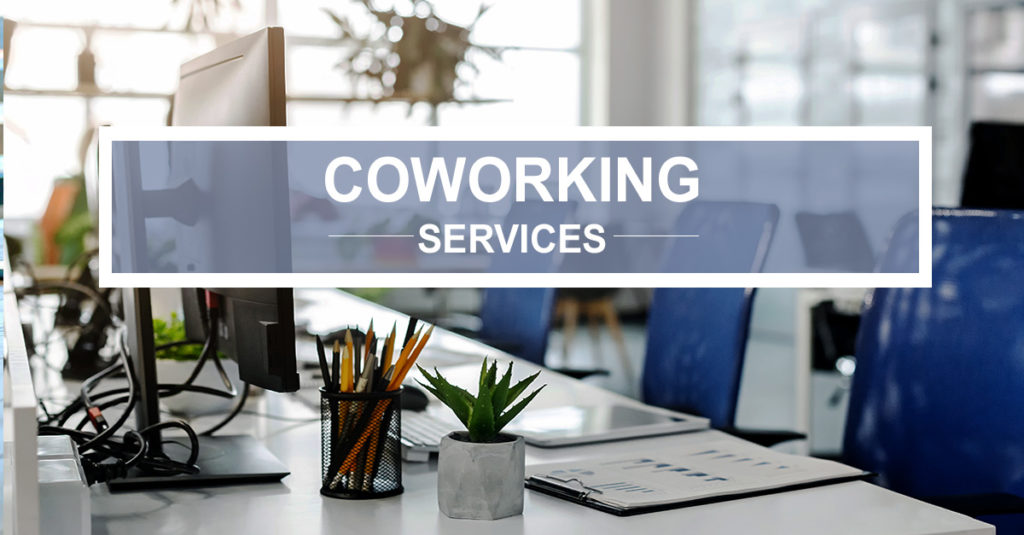The right workspace can help solve a lot of challenges, especially for a growing business. Business owners understand that a workplace is more than just about getting work done. Rather, it’s about building community, encouraging collaboration, and encouraging a sense of togetherness. Businesses are increasingly choosing flexible office spaces over traditional setups because they better support today’s workforce. These office spaces can suit the needs of today’s workplace, as they have been created to be as adaptable as the individuals who work there.
Flexible spaces aren’t just for small businesses or startups anymore. Big businesses and multinational corporations are now witnessing and adding flexible office spaces to their real estate and workplace plans. These spaces have recently been gaining popularity, especially for businesses that require both warehouse and office operations in one location.
In this blog, we’ll start by explaining what flexible office spaces are and why they are becoming so popular. We will also look at the benefits of these office spaces for both businesses and employees, and why they could be a smart investment for your business. Keep reading to learn more about flex spaces!
Table of Contents
ToggleWhat is Flexible Office Space?
A flexible office space is a workplace that you can rent on a short-term basis, it has a multipurpose design and is often shared between companies.
Some companies may even have multiple flex spaces in a city to provide their workforce with the location options and a reduced commute time. A flex space, often called a flexible office space, is a dynamic area within a building designed to adapt to various purposes.
Unlike traditional static spaces with fixed layouts, flex spaces are characterized by their versatility and adaptability, allowing for seamless transformation based on changing business needs and activities.
These spaces are commonly found in commercial settings such as office buildings, coworking spaces, and retail establishments, where the ability to efficiently utilize square footage and accommodate diverse functions is essential.
Open floor plans, modular furniture, and flexible infrastructure that allow simple reconfiguration are common features of these spaces. They can be used as conference spaces, training rooms, collaborative workplaces, or event locations, and more. Flexible design components combined with technology provide users the ability to maximize their surroundings, encouraging creativity, teamwork, and efficiency.
These spaces are a vital asset in modern building design and workplace planning because they provide organizations with the flexibility they need to succeed in dynamic environments in today’s era of rapid change and developing work dynamics.
Also Read: How Can Freelancers Make the Most of Flexible Workspaces for Business Growth?
How Does a Flexible Office Space Work?
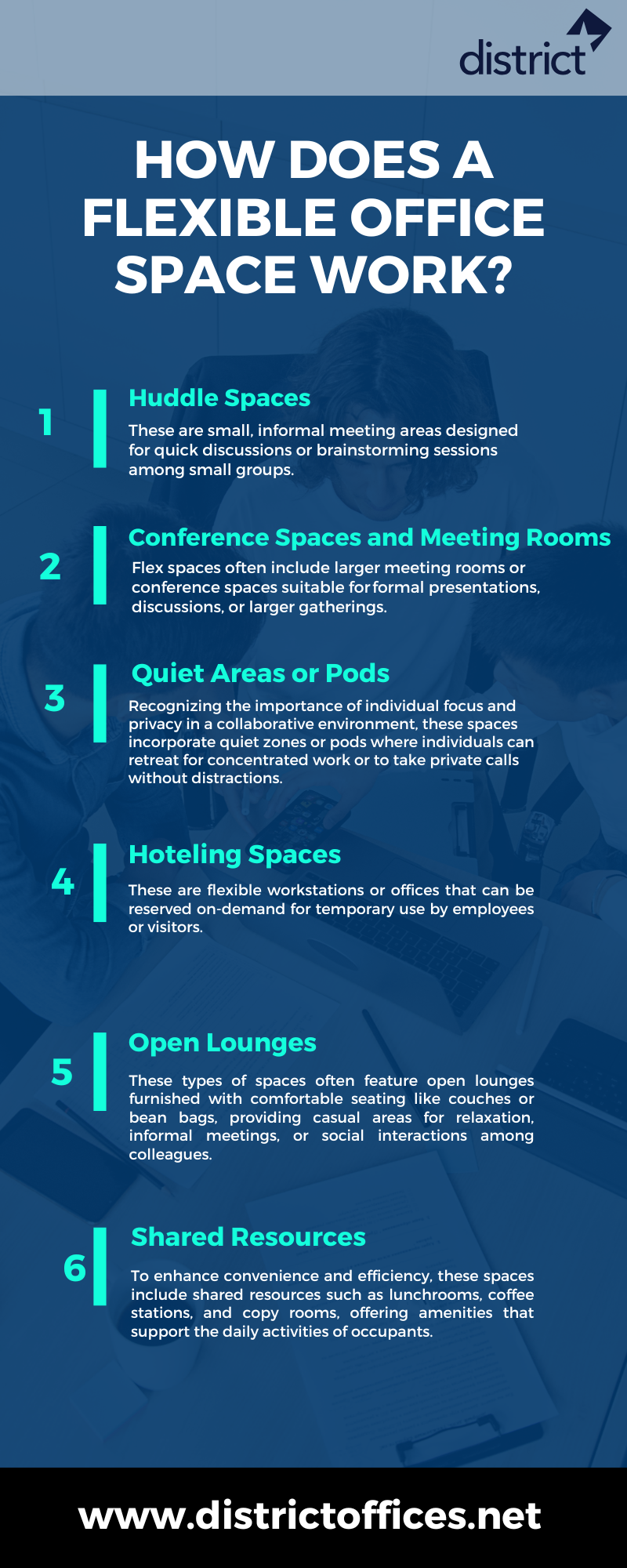
Flex spaces operate on the principle of adaptability and functionality, offering users a variety of settings to accommodate different activities and group sizes. At the core of these spaces are open-concept layouts that provide a canvas for different uses. Within this framework, several key features enhance the functionality of these spaces:
1) Huddle Spaces
These are small, informal meeting areas designed for quick discussions or brainstorming sessions among small groups. Equipped with seating and possibly a whiteboard or screen, huddle spaces encourage collaboration and idea-sharing.
2) Conference Spaces and Meeting Rooms
Flex spaces often include larger meeting rooms or conference spaces suitable for formal presentations, discussions, or larger gatherings.
These areas are equipped with technology and all the essential amenities and facilities such as audiovisual systems, high-speed internet, conference calling, and much more, to support productive meetings.
3) Quiet Areas or Pods
Recognizing the importance of individual focus and privacy in a collaborative environment, these spaces incorporate quiet zones or pods where individuals can retreat for concentrated work or to take private calls without distractions.
4) Hoteling Spaces
These are flexible workstations or offices that can be reserved on-demand for temporary use by employees or visitors. Hoteling spaces provide a convenient solution for remote workers or teams needing a temporary base of operations.
5) Open Lounges
These types of spaces often feature open lounges furnished with comfortable seating like couches or bean bags, providing casual areas for relaxation, informal meetings, or social interactions among colleagues.
6) Shared Resources
To enhance convenience and efficiency, these spaces include shared resources such as lunchrooms, coffee stations, and copy rooms, offering amenities that support the daily activities of occupants.
What Are the Benefits of a Flexible Office Space?
With a flexible workspace, you only need to focus on the desk space you use—nothing else. These offices come fully equipped with essentials like Wi-Fi and other required amenities, sometimes even computers and hardware. Besides being adaptable, flex spaces offer plenty of benefits for both companies and employees, such as:
1) Cost Savings
Flexible office spaces provide cost-effective solutions for businesses by offering shorter lease terms and including office furnishings as part of the package. This can significantly reduce upfront capital expenditure and ongoing operational costs compared to traditional office setups.
2) Shared Amenities
These spaces are normally equipped with a variety of shared amenities such as printing equipment, office furniture, Wi-Fi and phone services, food and beverage options, cleaning services, utilities, and even event spaces. Access to these amenities improves convenience and efficiency for occupants.
3) Better Teamwork
The layout of flexible office spaces is often designed to facilitate collaboration and teamwork. With arrangements that allow teams to sit together or meet in huddled areas, these spaces encourage spontaneous interactions and idea-sharing among colleagues, fostering a culture of collaboration and innovation.
4) Flexibility
Adaptation is a core principle of these types of spaces. Whether your company experiences rapid growth or needs to downsize, these office spaces offer the flexibility to easily expand or scale back your workforce without the constraints of a fixed office layout. This agility allows businesses to adapt rapidly to changing market conditions and the needs of their customers.
5) Improved Employee Retention
Utilizing flexible workspaces and hybrid work models can contribute to higher levels of employee satisfaction. By offering flexibility in where and how employees work, companies can improve morale, productivity, and ultimately, retention rates. Employees appreciate the autonomy and work-life balance afforded by these spaces, leading to a happier and more engaged workforce.
6) Scalability
Since flexible spaces are easily expandable, organizations can make changes to their workspace as their needs change. These spaces provide you the freedom to scale up or down without being constrained by fixed office layouts or long-term contracts, whether you’re adding extra workstations for new workers or need to downsize during slow times.
7) Access to Talent
Flexible workspaces often attract a diverse community of professionals and businesses, providing opportunities for networking, collaboration, and talent acquisition. Being part of a vibrant coworking environment can help businesses get innovative ideas, skills, and potential partnerships, enriching their ecosystem and encouraging innovation.
8) Location Flexibility
Flexible spaces at District Offices are typically located in prime business districts or easily accessible areas, offering companies the flexibility to establish a presence in desirable locations without the commitment of a long-term lease. This helps improve brand visibility, attract clients or customers, and provide convenience for employees commuting from different areas.
9) Reduced Overhead
By outsourcing facility management responsibilities to the flex space provider, businesses can minimize overhead costs associated with maintaining and managing a traditional office space. This includes expenses related to utilities, maintenance, security, and administrative support, allowing companies channel their resources towards core business activities.
10) Adaptive Work Environment
Flexible office spaces promote adaptability and creativity by offering a variety of work environments tailored to different preferences and work styles. Whether employees prefer collaborative open areas, quiet zones for focused work, or social spaces for informal gatherings, these spaces provide options to suit individual needs, improving overall satisfaction and productivity.
Staying flexible as things change is the key to keeping your workplace happy and engaged.
If you’re looking to explore some of the best flexible office spaces in prime locations in Washington, D.C. – Georgetown, Farragut Square, Pennsylvania Avenue, and Capitol Hill, our team at District Offices is here to get you into the right workspace.
Conclusion
As businesses keep changing, the need for flexible spaces is only going to grow. These spaces let businesses adjust to new ways of working, expand, or shrink as and when needed, and save on costs. With hybrid work and flexible operations becoming more important, flexible office spaces are set to play a significant role in the future of workspaces.
Flexible spaces offer great benefits for businesses and professionals. But it is important to know what you need, choose the right location, and review the terms carefully. At District Offices, we provide a variety of options to meet different needs. With flexible coworking spaces, top-notch amenities, and prime locations, we’re here to help your business grow and succeed like never before!
FAQs (Frequently Asked Questions)
1) How can flexible office space help reduce costs for my business?
The flexible office spaces eliminate long-term leasing and the associated initial investments in furniture and utilities. They have all the amenities, such as Wi-Fi, meeting rooms, and shared facilities, which businesses can save on operational costs and focus on growth.
2) What makes flexible spaces an excellent choice for hybrid or remote teams?
Flex spaces can be designed to support hybrid work models by offering huddle spaces, quiet zones, open lounges, and more. Flexibility is provided to the employees to work in a preferred environment to collaborate, be creative, and be productive.
3) Why should you choose District Offices for flexible workspaces?
District Offices offer prime locations, professional amenities, and a variety of workspace options tailored to unique needs. Whether you are a startup, growing business, or established company, our workspaces are designed to adapt to your unique requirements, helping your business grow and succeed.
4) How can District Offices help my business scale up or down?
With the flexible office spaces, your workspace is easy to either expand or reduce depending on the business needs. Thus, short-term lease options and customized setups ensure adjusting without hassle over long commitments and substantial overhead costs at District Offices.
